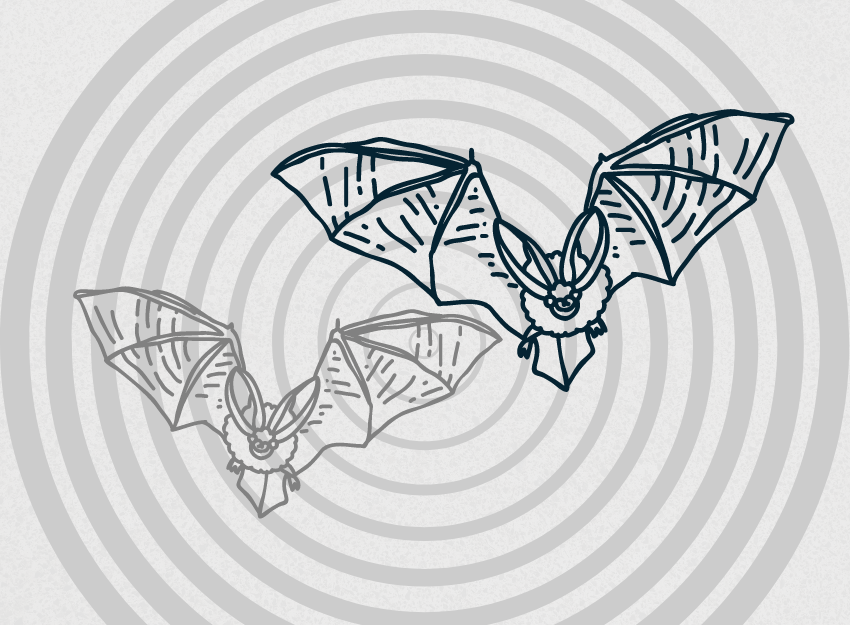International Bat Appreciation Day

By Brent Cordie, Metro Field Crew Member / AmeriCorps Member
April 17th is the day we can reflect on how the furry winged friends of the sky help our ecosystems. We can appreciate how bats have a key role in our ecosystems. Since the bats’ of Minnesota’s main source of food are insects we can thank them for keeping all the bug populations in check. Definitely those annoying mosquitoes as well, eating up to 1500 per hour. Not only do they eat mosquitoes, but bats also feed on a lot of agricultural pests that damage crops providing an estimated $3 billion in benefits each year according to the Minnesota DNR. Bats are in fact not blind but just have very bad eyesight so they use echolocation to dodge obstacles and to search for their prey. The discovery of this unique principle led to the development of sonar and radar that we use today.
This time of year is the best time to start observing bats if you’re interested in that sort of thing since they will be coming out of hibernation. With the 8 different types of bats that are in Minnesota you will have a lot of different options to look out for when going for your bat searching adventures. One of the more common types of bat in MN is the Big Brown Bat that can be found all around the state.
A major problem that needs help solving has to do with the hibernation of the bats in the winter. Close quarters of being in a cave is causing the spread of fungus amongst the bats population, white nose syndrome. This fungus is a devastating disease affecting cave-hibernating bats caused by the fungus Pseudogymnoascus destructans. This type of fungus is so deadly to our bats that it has a 90 to 100 percent mortality (Lankau and Rogall 2016). This has led to a huge population drop with bats in our area and is in need of some help. We need to help bring the bat populations back up by using smart conservation practices so that we can have healthier bat populations for the future.
Keeping such a biodiverse amount of bats around will help build more sustainable ecosystems for future generations to enjoy. Bats have a key role in our ecosystems just like everything in our world. Having them in our ecosystems helps keep everything in balance. With a balanced ecosystem we in turn then have healthier ecosystems which will make them more resilient towards things like diseases and climate change. That’s why we need our furry friends in the sky!
Sources:
www.mndnr.gov/mammals/bats.html
www.nationaldaycalendar.com/international-bat-appreciation-day-april-17/